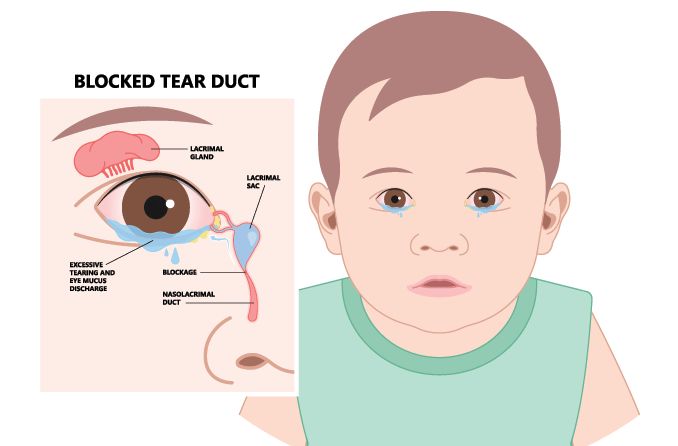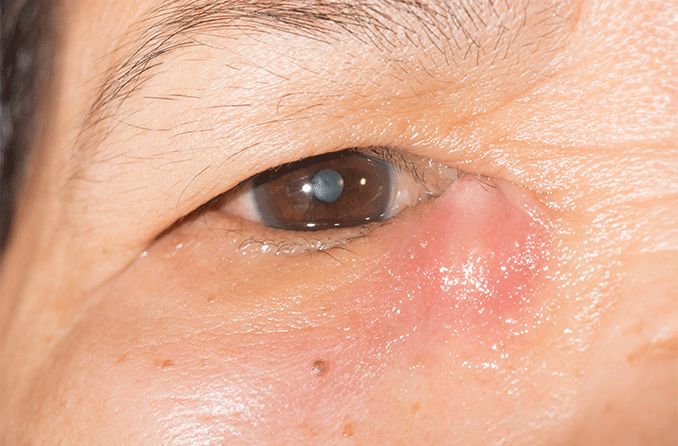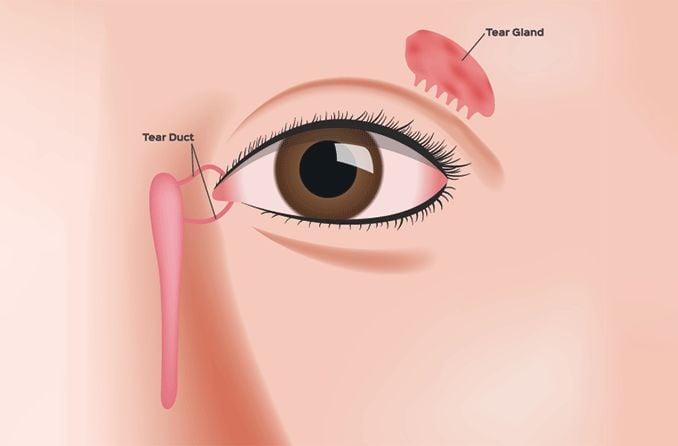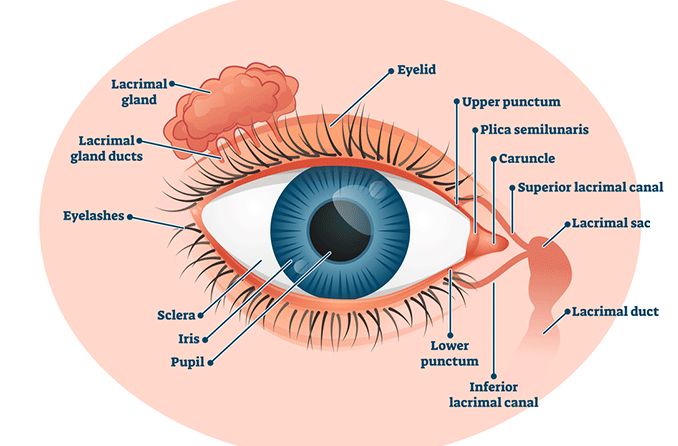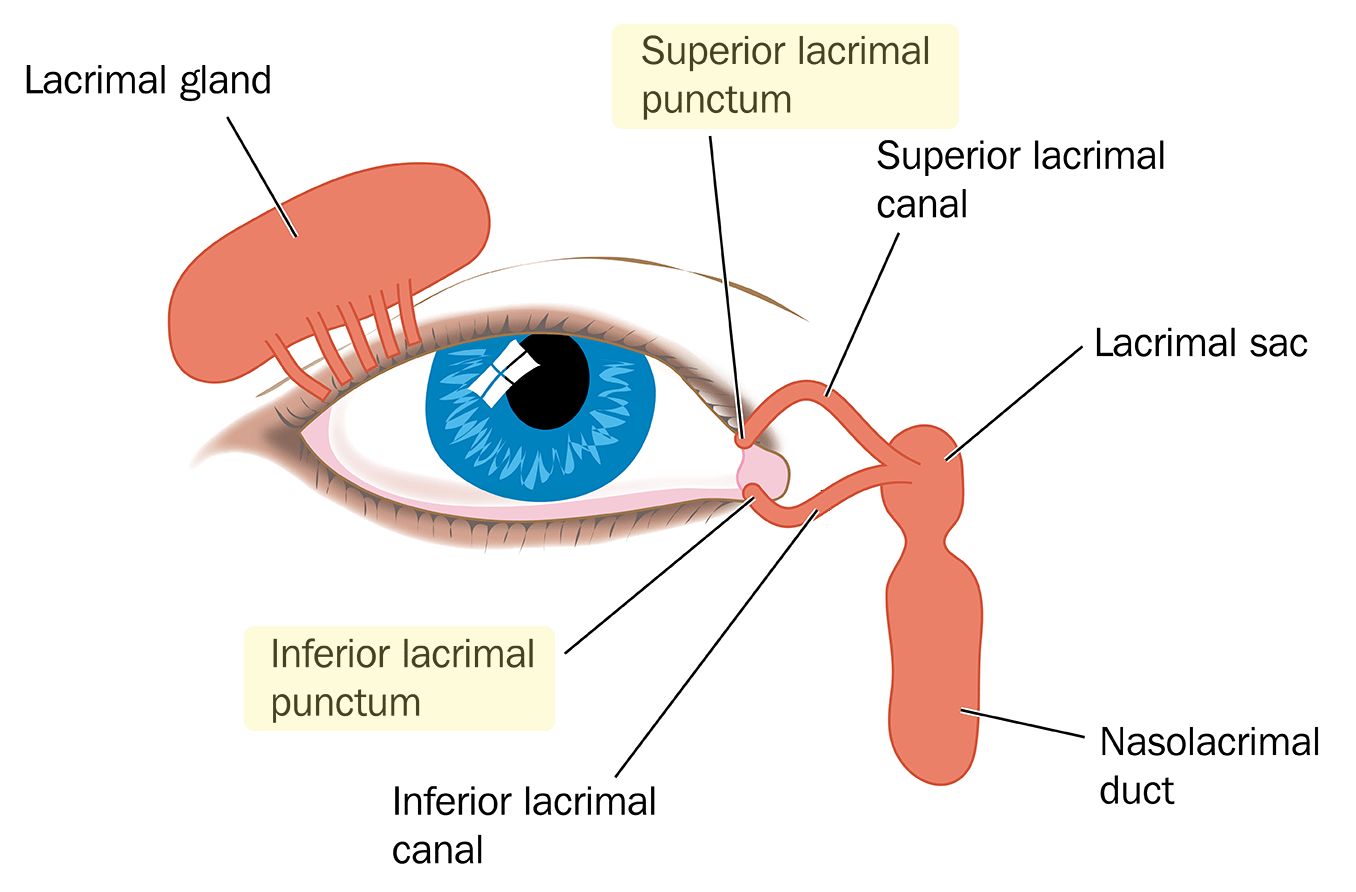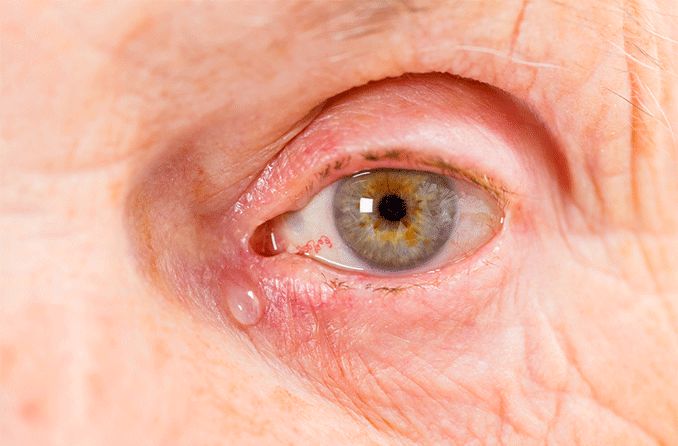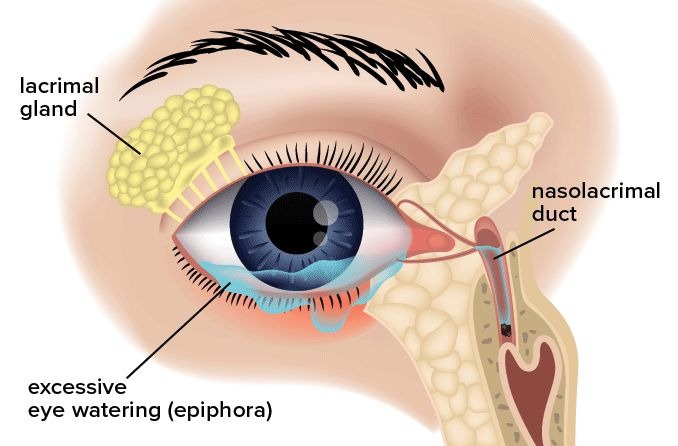Treatment
A baby’s blocked tear duct often doesn’t require treatment. In many cases, the membrane blocking the duct will open on its own and the drainage system will develop completely by nine to 12 months of age.
In the meantime, here are some home treatment options that may help your baby feel more comfortable:
Gentle cleaning of the eyes
Dampen a clean washcloth or cotton ball with warm water and gently clean your baby’s eyes, starting at the inner corner and moving out toward the outer corner. If you are having to clean discharge from your baby’s eyes more than two or three times per day, your pediatrician may prescribe antibiotic eye drops.
Warm compress
A warm compress applied to the affected eye will help to soften the tissue in the area and encourage spontaneous opening of the duct. Using a warm compress prior to nasolacrimal massage improves the effectiveness of the massage treatment. Allowing heat to remain on the affected area for five to 10 minutes is ideal.
Nasolacrimal massage
If recommended by your doctor, use clean hands to gently massage the space between the inner corner of your child’s affected eye and their nose. Press in and down for a few seconds, then release.
This technique should be repeated 10 times per affected eye, twice per day (preferably morning and night). The goal of nasolacrimal massage is to put pressure on the lacrimal sac and have it coax the valve of Hasner open.
